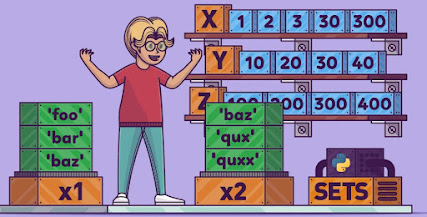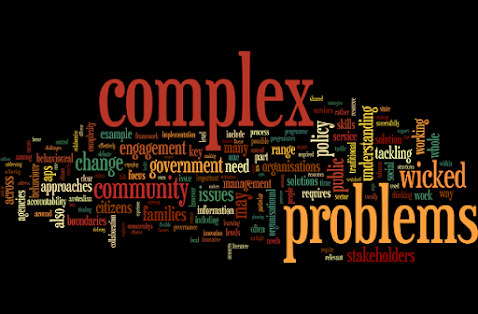Python – Color Detection using Pandas & OpenCV

Python – Color Detection using Pandas & OpenCV What is Color Detection? Color detection is the process of detecting the name of any color. Simple isn’t it? Well, for humans this is an extremely easy task but for computers, it is not straightforward. Human eyes and brains work together to translate light into color. Light receptors that are present in our eyes transmit the signal to the brain. Our brain then recognizes the color. Since childhood, we have mapped certain lights with their color names. We will be using the somewhat same strategy to detect color names. Prerequisites Before starting with this Python project with source code, you should be familiar with the computer vision library of Python that is OpenCV and Pandas . OpenCV, Pandas, and numpy are the Python packages that are necessary for this project in Python. To install them, simply run this pip command in your terminal: pip install opencv-python numpy pandas Run Python File The beginner Python...




